-
Posts
256 -
Joined
-
Last visited
Content Type
Profiles
Case studies - Free
Case studies - Premium
Resources
Insider
Courses
Forums
Store
Posts posted by Mazze
-
-
Uhm. How about unzipping?
These are not bundle files. -
Again, I think it's a matter of CUDA support. If you're on AMD, or Mojave - there is no CUDA for you and hence the plugins might not work.
Don't know wether there's an OpenCL or Metal equivalent there.
-
I am not sure if they require CUDA to work. That would be for Paul to tell.
-
Try putting the ofx.bundle files directly into the plugins folder, without the ACES folder inbetween.
-
Did you drop in the plugin .bundles? Maybe send a screenshot from that folder.
-
Possibly it's not yet created, as you haven't installed any other OFX plugins yet?
The usual folder is /Library/OFX/Plugins/ on OSX.
On Windows it's C:\Program Files\Common Files\OFX\Plugins.Yyou can just create that folder structure yourself, though.
Cheers,
Mazze -
Hey everyone,
I did a little fun project and 3D-printed the button caps for my Element panel,
then pulled in a USB LED-strip to light them up. The result is "workable".
I also provided the 3D-file to download - find it here:https://www.angry-face.com/illuminate-elements/

Cheers,
Mazze-
 2
2
-
-
I'm afraid I don't understand what you're asking now...
-
4:4:4 normally is RGB (although it *can* be YUV as well) and RGB usually is expected to be a full range signal.
4:2:2 is YUV and that is usually expected to be a legal range signal.
In any way, both RGB and YUV *can* technically be either full or legal range.
However, it all depends on how the monitor is configured. If that expects legal range and you're sending it a full range signal,
the blacks/whites will look crushed. If it is set to expect a full range signal and you're sending out legal range, then blacks will look lifted and whites dimmed.So when your monitor is set to expect RGB, then it might by default assume that this comes in full range.
If your system is set to output legal range.... that will not look good.
To fix it, either set the monitor to legal range, or set Baselight to output full range (which is what I'd do). -
Since we were sold out rather fast - rings and trackerballs are back in stock now:
https://www.angry-face.com/produkt-kategorie/upgrades-accessories/
Cheers,
Mazze -
Hi all,
in this tutorial we're looking at how to generate h264 dailies for the COPRA Online Dailies System.
Check it out here: https://copra.de/ - it's worth a look 🙂 .
Cheers,
Mazze -
Hi everyone,
we added a new tutorial showing how to generate h264 dailies for PIX in SCRATCH.
Enjoy 🙂 . -
Hi everyone,
this time we have a 2-part tutorial about the burn-in in SCRATCH.
What you'll learn:- setup your output tree with a burn-in node
- add clip metadata
- add watermarks
- add frameguide and letterbox overlays
- save and load user-defined burn-in presets
- use the burn-in as a virtual overlay on your preview screenEnjoy!
Mazze -
Hi everyone,
new tutorial on how create Avid MXF in SCRATCH and importing them into Media Composer.
The interesting part is the source clip metadata being forwarded into the Avid MXF,
so you actually don't need any ALE or so to transport metadata anymore.By that we're talking not only Scene and Take info, but any kind of source clip metadata, along with
Sound TC, SoundRoll, Circle Take and QC comments from SCRATCH.
It's pretty awesome - have a look:
Cheers,
Mazze-
 1
1
-
-
Hi everyone,
we have an almost new, mint condition ACS available for sale.
Included are power supplies and keyboard stand.
This is one of the last ACS panels ever built – it features extra security circuits,
that prevent it from being damaged, as well as optical trackerballs.
Although the rings of the grading panel are not seen on the images, they are definitely included.
This ACS is as good as it gets, folks – please contact me via PM or email (info(at)angry-face.com) for pricing.
We have one other ACS panel in stock, which is not mint, but still in good condition.
https://www.angry-face.com/mint-condition-acs-panel-in-stock/
Best,
Mazze


-
Hi all, in this tutorial we're looking at managing and copying grades in SCRATCH, using the Trays, Memories and Snapshots.
Enjoy!
-
 1
1
-
-
Hi everyone,
Angry Face (that'd be me) can now offer black metallic trackerballs for all Tangent panels.
They are especially nice on the Element panels with the aluminium rings,
but they also work just as well with the Wave, Wave2 or Ripple panel from Tangent.
The new trackerballs are also slightly heavier than the older red balls, having increased the weight from 60 to 90 grams.
You can find the black metallic trackerballs in our shop at a price of 60€ per set of 4, or as part of a bundle,
comprising one set of 4 aluminium rings and one set of 4 black metallic trackerballs.More here: https://www.angry-face.com/black-metallic-trackerballs/ and Images below 🙂 .
Cheers,
Mazze-
 4
4
-
-
Doesn't the latest DecklinkVideo Driver work?
-
Hi everyone!
It’s IBC time again and from today until the end of the show, we’re giving 20% off for our aluminium rings!
You can order the rings online right here in the shop – we ship worldwide and even free of VAT!
If you want to save shipping cost by picking up the rings in person at IBC in Amsterdam,
send me an email/PM and we’ll make it happen 🙂 .-
 1
1
-
 1
1
-
-
You can manually tag Quicktime files using the BBC script from Filmlight's video.
Also there is a (GUI-driven) app that lets you modify atoms - it's called Apple Atom Inspector.
For this you need to make a developer account at apple.com in order to get access to it, though.It's really a mess, that is (sadly) not completely fixed at writing the files... any player, browser, etc. has to read the colr atoms out correctly again (as some ignore them, or read them incorrectly, etc. etc.).
Keep that in mind when starting to mess with colr atoms 🙂 .
-
21 hours ago, Anton Meleshkevich said:
As far as I know, RED debayering goes only on CPU. But my knowledge can be outdated.
... by a decade or so
 .
.
The debayering is done on the GPU - what's on CPU usually is the decoding.
This however is changing. RED released their new SDK around NAB which supports decompression on the GPU as well.With that, both, decompressing and debayering is done via CUDA on GPU.
All the CPU has to do, is get the data from disk to GPU.
All this however is (obviously) Nvidia only at this point - and also Windows only.And so far, the only two apps that have implemented this new SDK are Assimilate SCRATCH and SGO Mistika, afaik.
For this setup, two GPUs are recommended (at least for SCRATCH and Redcine-X) - one for RED-decoding/debayering, and one for everything else.
But one GPU (as long as it's a recent RTX Geforce or Quadro) works fine as well - I would not go for the older Pascal generation cards, like a 1080Ti... old tech by now 😉 .With the new SDK I'm getting 36 fps playback speed on a 6-core i7 with a single RTX2080 (non-Ti) with 8K RED RAW in full res debayer.
CPU load is at about 40% during playback.Cheers,
Mazze-
 3
3
-
-
Make sure you configured it correctly as to what its input metrics are.
Worst case, write to support - they are usually very responsive. -
You could check out Drastic 4KScope - I think they have HDR-modes as well and support BMD/AJA/Bluefish444 hardware.
With a Kona5 and decent GPU they can also do 8K.
-
 1
1
-
-
... and here is a new features overview video 🙂 :
Greetz,
Mazze-
 1
1
-
 1
1
-


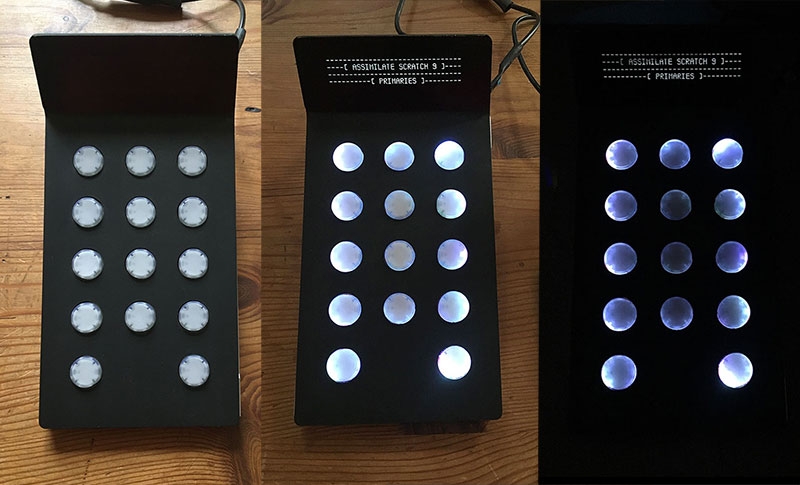


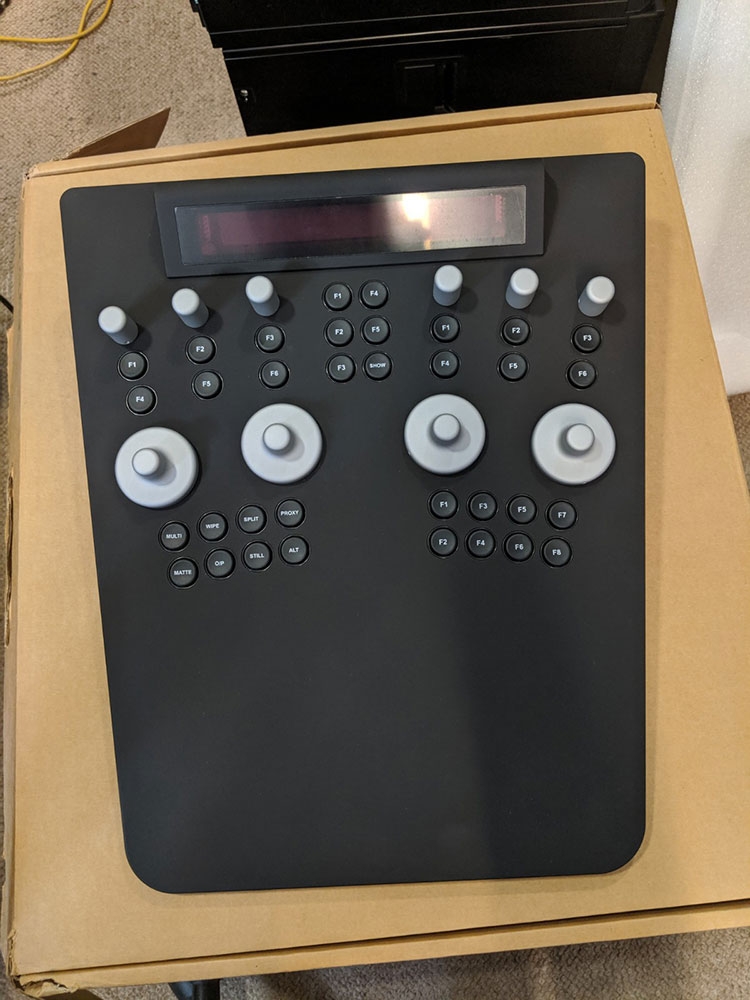
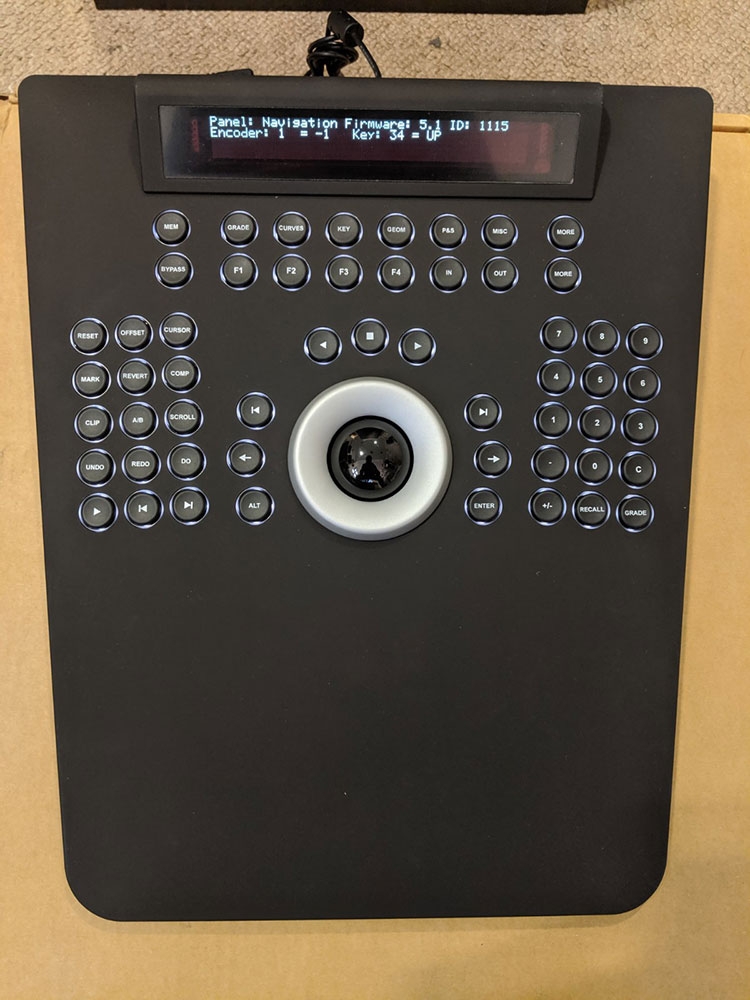
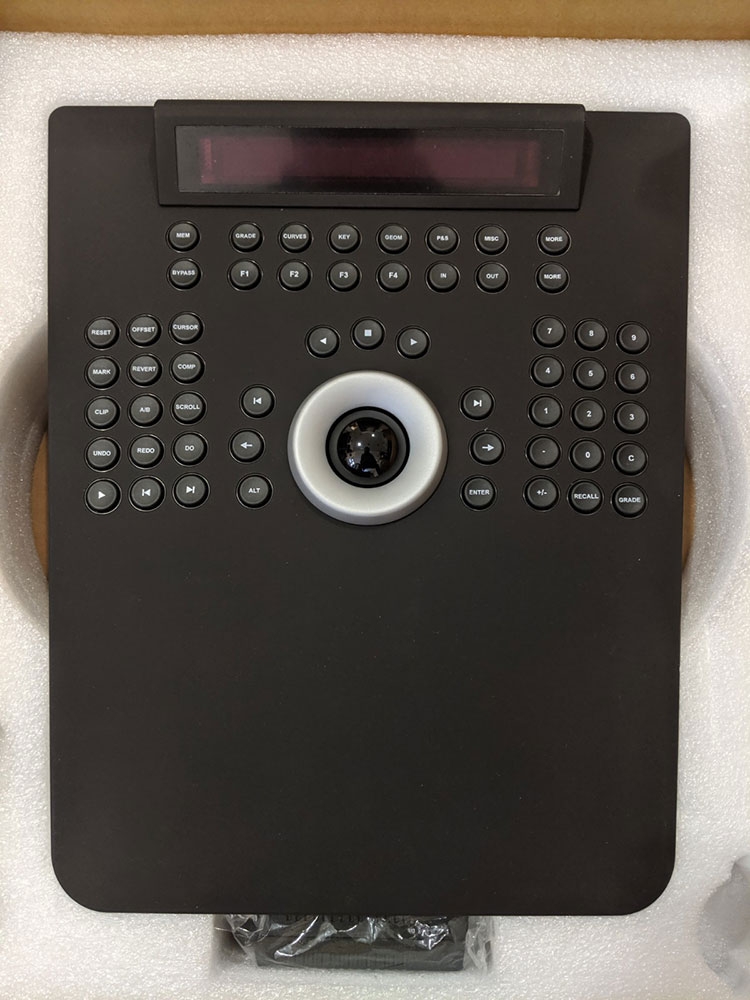
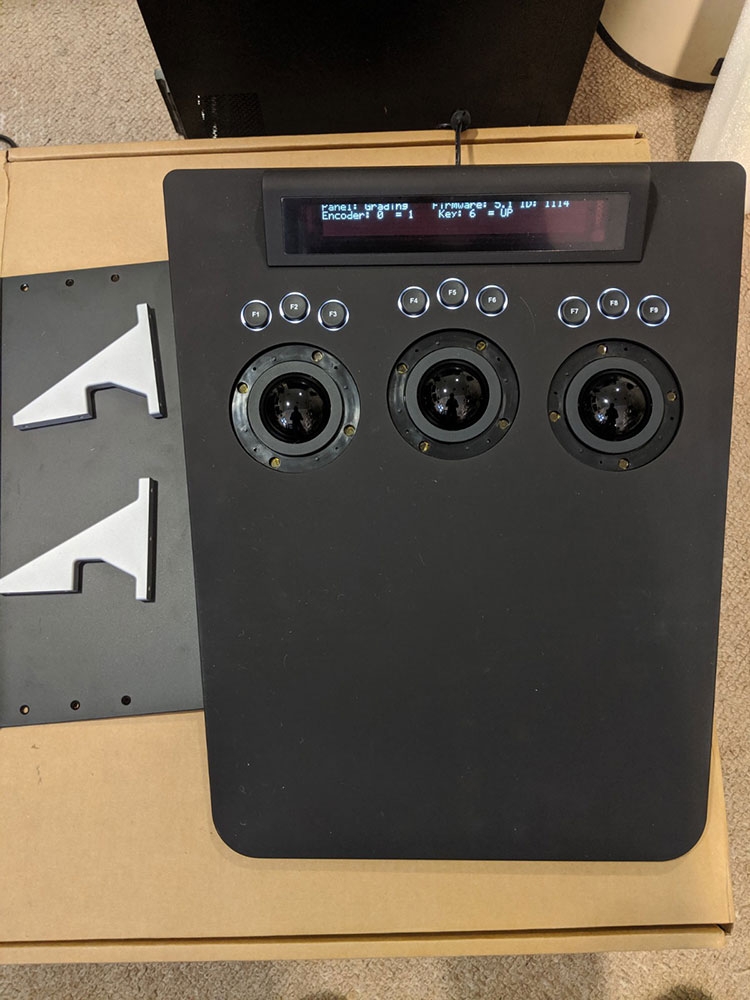

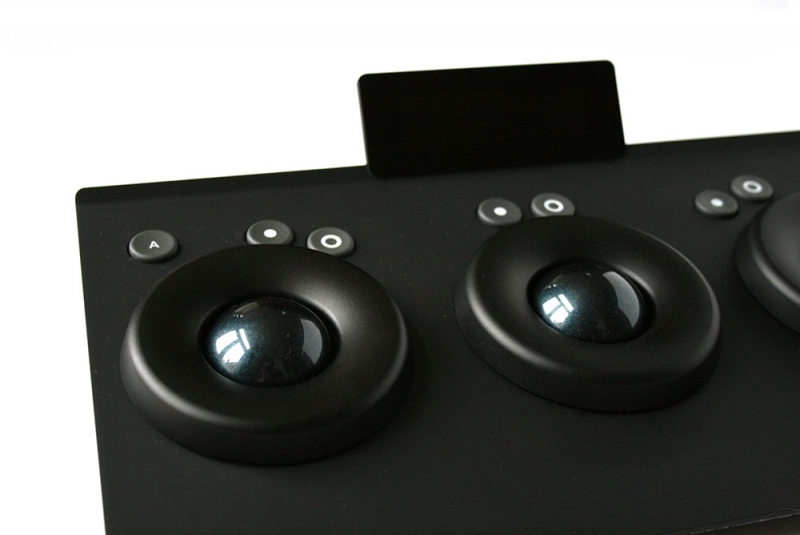
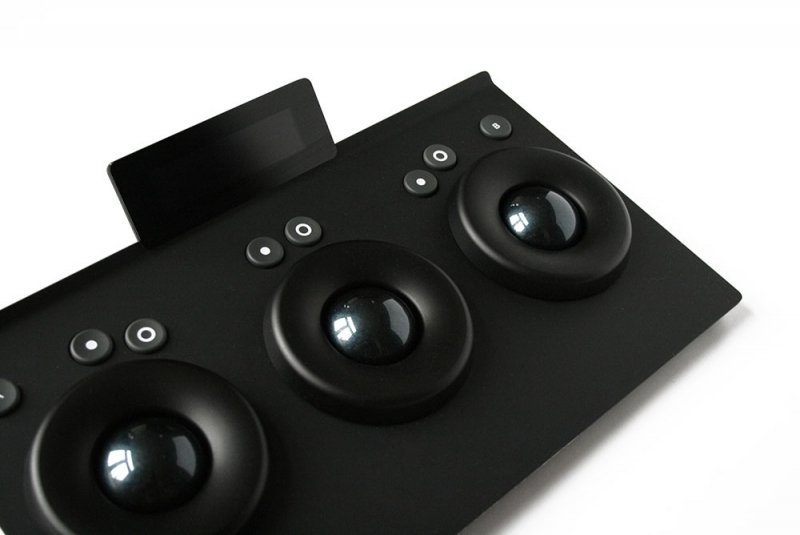
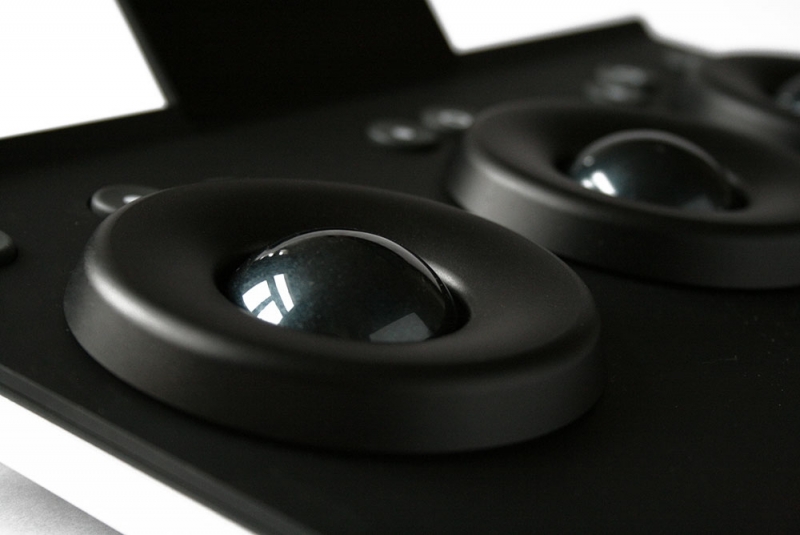
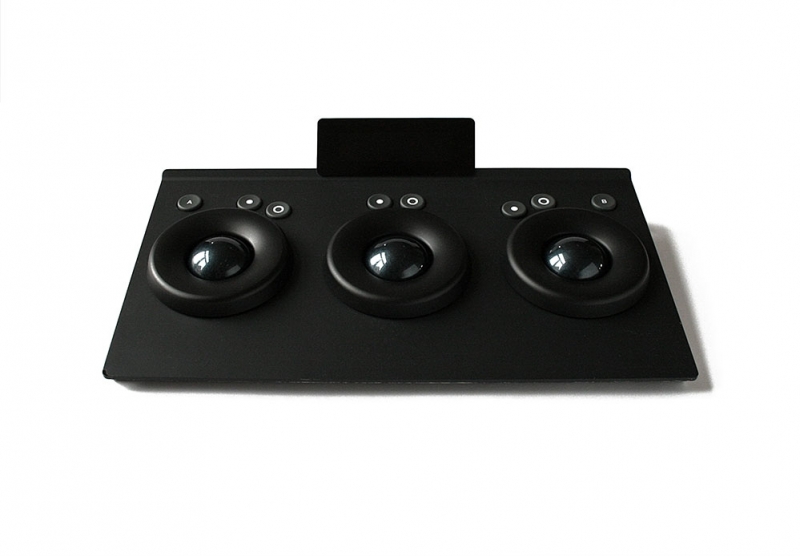
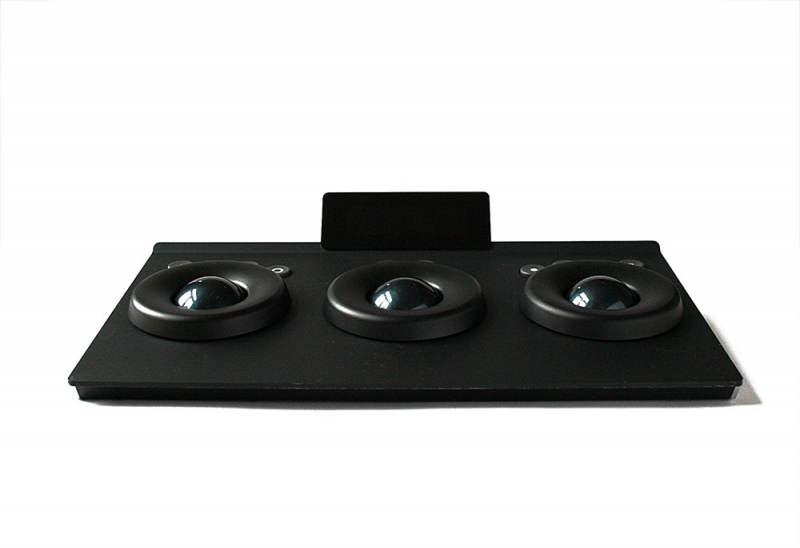
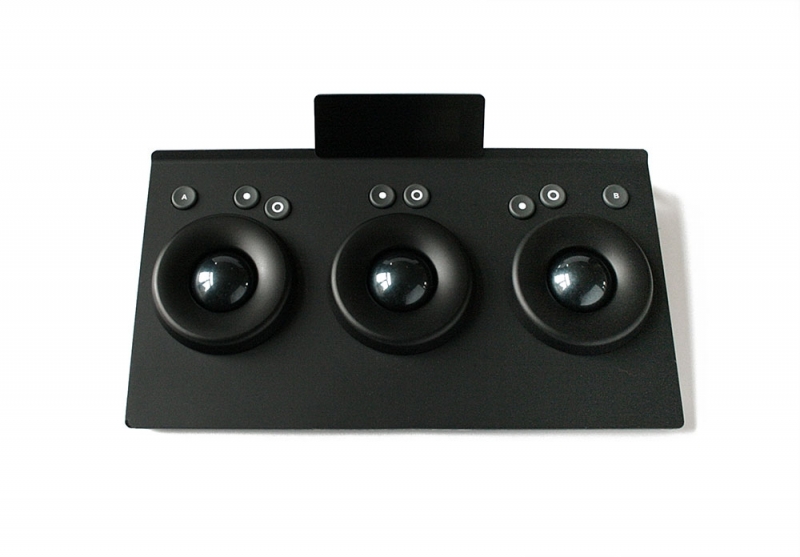
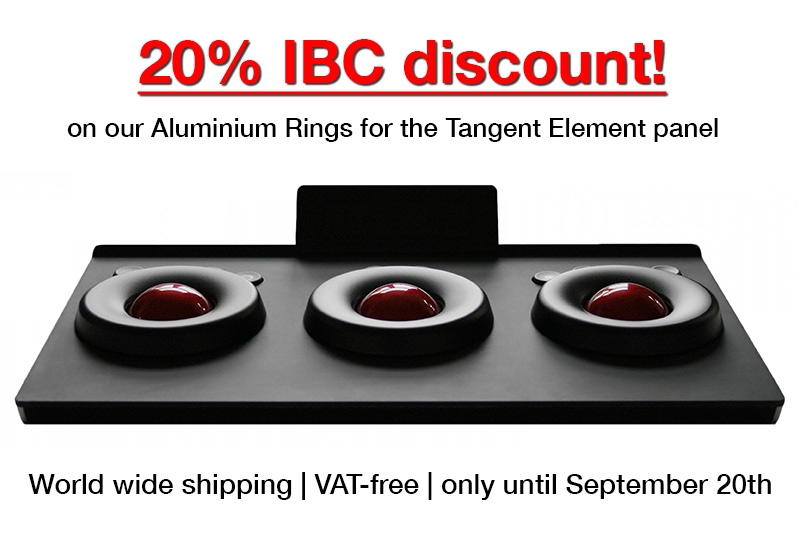
No OpenCL Acceleration Hardware Detected
in DaVinci Resolve
If you are on Windows 10 and using an Nvidia card, Windows Update might have messed up the Nvidia driver (it loves to do that). Re-installing the Nvidia driver (with any recent version) should fix it.